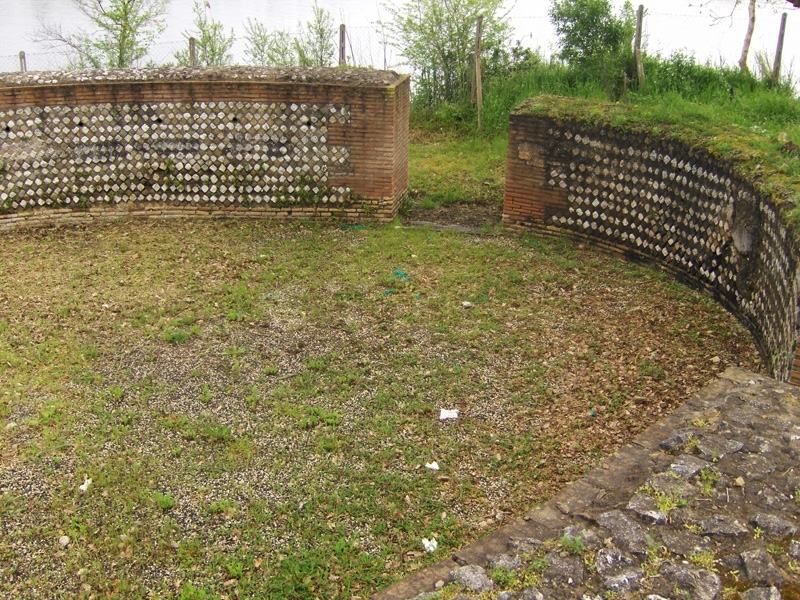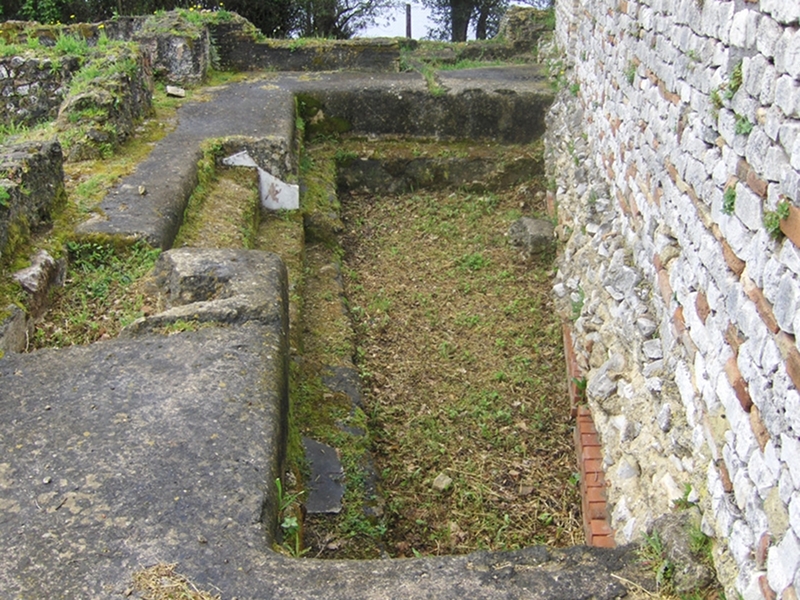Casarina
Plenty of sites
Casarina is an ancient structure occupying one of the peninsulas on Lake Paola.
The initial works, probably carried out at the end of the 1st century b.C., were intended to build a public thermal complex. Many reconstructions and restorations followed, lasting almost uninterruptedly until the 18th century.
The area features extraordinary material and cultural stratification, and the problems in understanding it result from the absence of a systematic excavation and of a study, to associate an absolute chronology to the relative chronology inferred from the layered building techniques.
The current aspect of the site is the result of three, maybe four, main stages, and one period of abandonment. The banking, cistern and tanks were probably built during the first one, whereas a small oval building presumably dates back to the second one, possibly during the Domitian era.
The area was presumably abandoned during the 13th century: this has been defined by comparison with the walls of the bell-tower of the Sorresca church, built by Basilian monks from Grottaferrata. The current name of the area probably comes from the cheese-making activity that the monks had there (“casĕus”=cheese).
The last re-building phase, during which the roof was restored, is presumably to be attributed to monsignor Collicola, treasurer of Pope Innocent XIII, who was entrusted with restoration of the canal harbour in the 18th century.
Research
Coordinator: dott. R.Righi
Scientific manager: prof. A.M.Jaia
Technical manager: dott. D.Ronchi

Casarina
(photo by Archivio Parco Nazionale del Circeo)

Casarina
(photo by Archivio Parco Nazionale del Circeo)